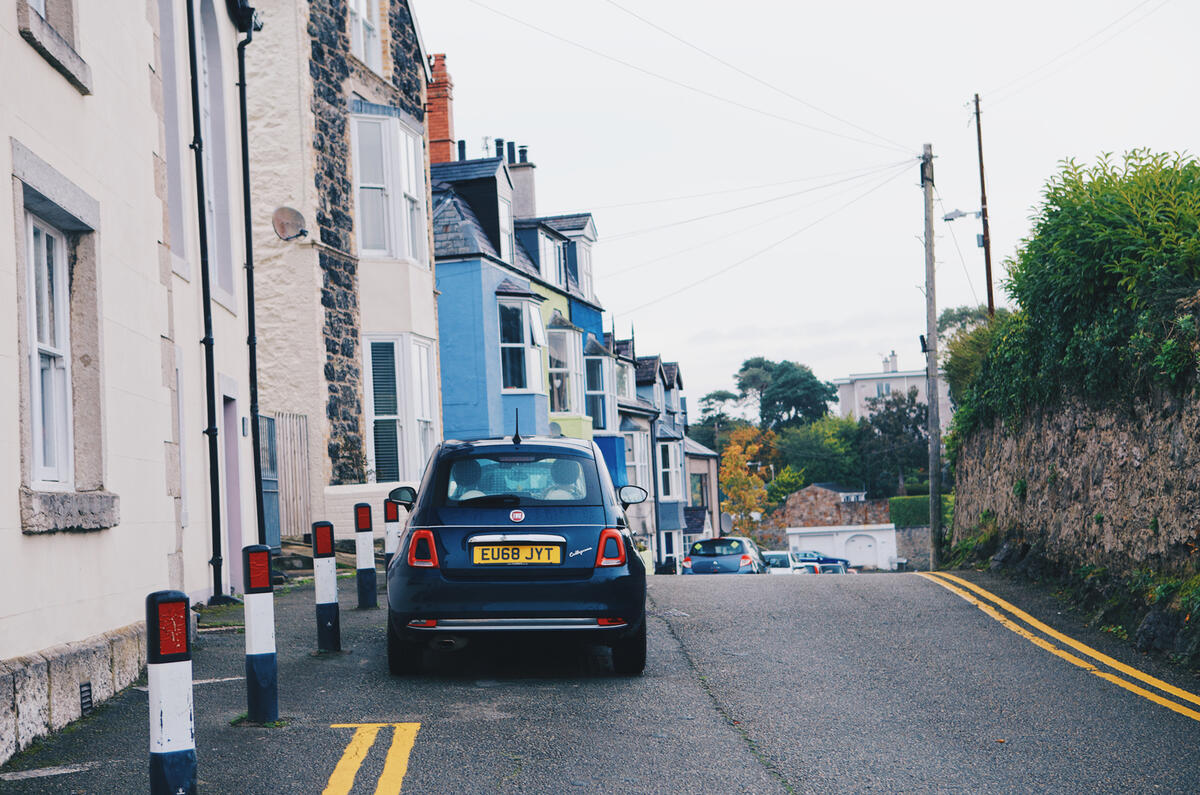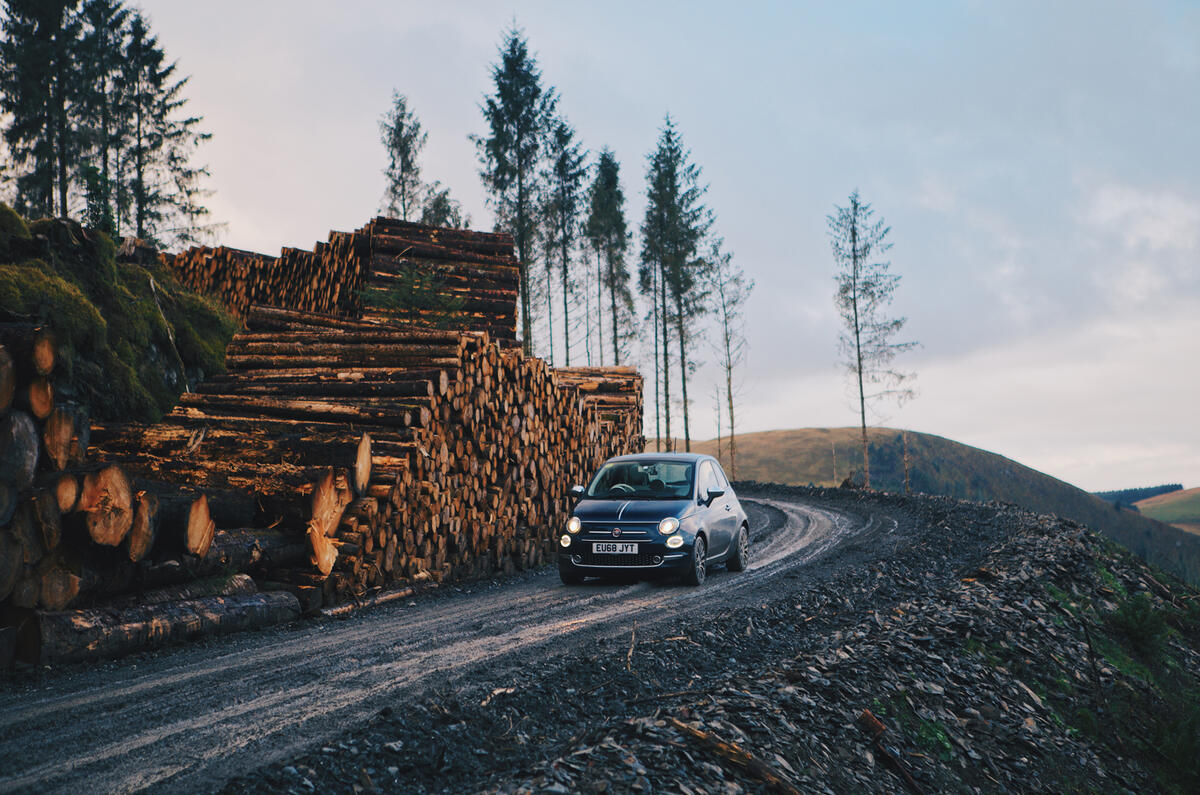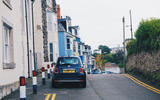Autumn in Wales can be a vicious season.
You hear the stories all the time - skies that move from sunny to torrentially rainy faster than you can put up an umbrella, winds so strong that they can blow away the sheep, that sort of thing - but it’s hard to really wrap your head around just how ridiculous it can really be.
I certainly began to believe it when I was cruising along the A55, the Anglesey-bisecting dual carriageway and home to many flat-out holidaymakers clearly late for their ferry to Ireland and lorries that seem like they could give most supercars a hard time in a drag race. One moment, I was sitting quite happily in the left lane - the next, I’d been pushed into the right-hand one. Not by choice, nor by another car somehow appearing alongside me and slamming into my left-hand door. The wind itself was blowing perpendicular to the dual carriageway, throwing me aside. Not a particularly pleasant experience, to say the least.
My choice of car probably didn’t help matters. Not only was it high-sided, with a vertical edge that makes a brick look aerodynamic, but it also weighed about the same as a crisp packet. It was, of course, a Fiat 500.

The 500 can trace its roots all the way back to before the Second World War. In an increasingly nationalistic though fuel-starved Italy, there was a need for a mode of personal transport that could suit nearly everyone who could afford it, and make those who couldn’t work like mad to try and save up enough for once.
Dante Giacosa was given the task of making such a dream machine after showcasing plans for a radical but, crucially, cheap and economical everyman’s car. A 570cc four-cylinder provided a whopping 13bhp, but it didn’t need anything more. Good for around 60mph and 50mpg, the 500 - or Topolino, as it became known - wasn’t meant to be a sports car; it was simply a means of transport, though that didn’t stop them being entered in races and rallies across Italy, including the prestigious Mille Miglia. Yes, really.




































Add your comment